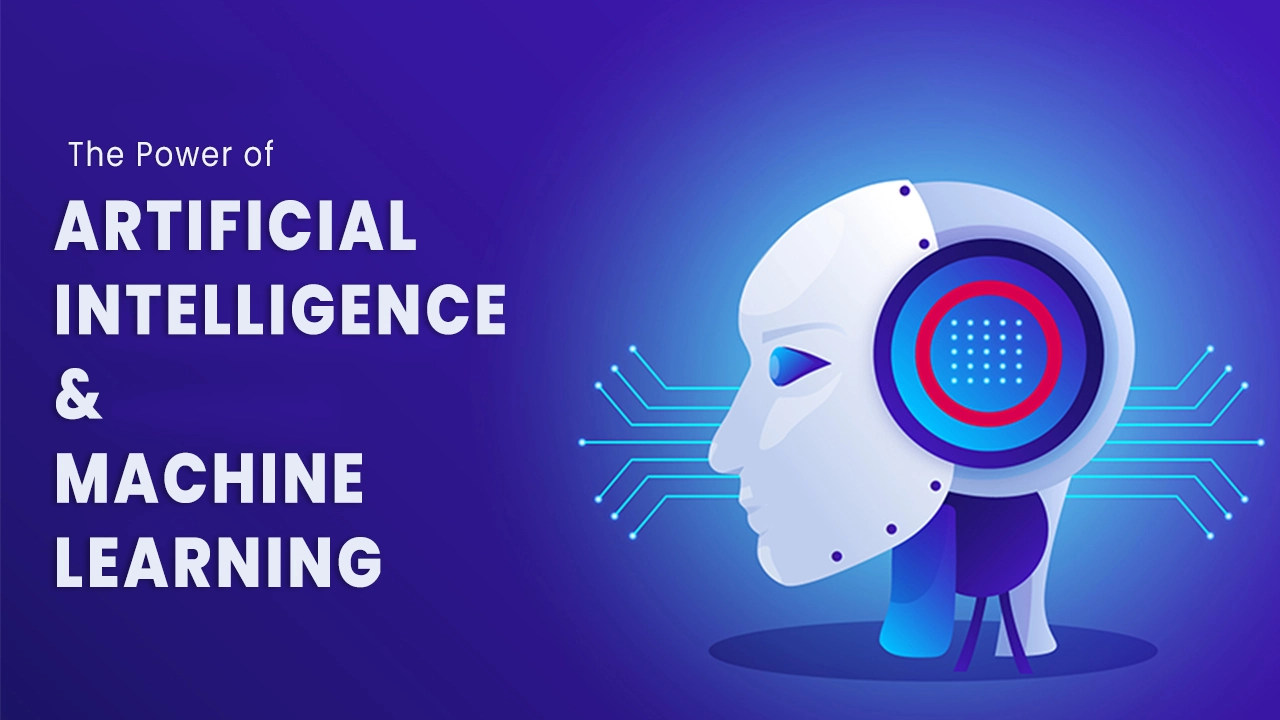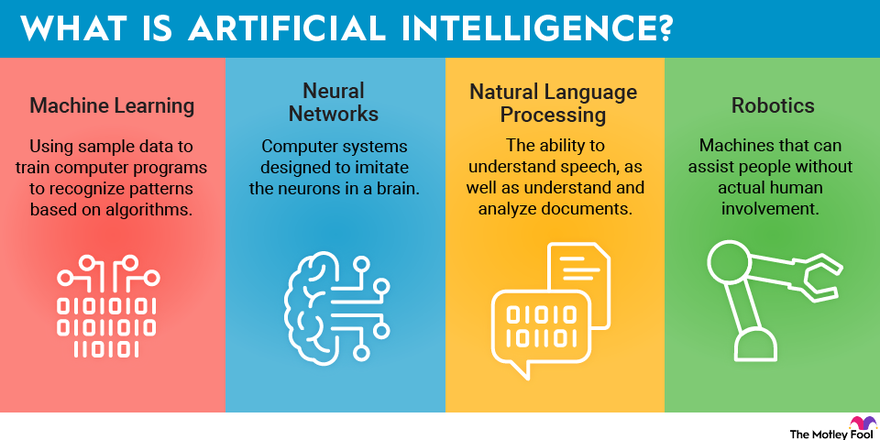Understanding DeepSeek R1
We have actually been tracking the explosive increase of DeepSeek R1, which has taken the AI world by storm in recent weeks. In this session, we dove deep into the advancement of the DeepSeek household – from the early designs through DeepSeek V3 to the breakthrough R1. We also checked out the technical innovations that make R1 so unique on the planet of open-source AI.

The DeepSeek Family Tree: From V3 to R1

DeepSeek isn’t just a single model; it’s a family of progressively sophisticated AI systems. The advancement goes something like this:
DeepSeek V2:
This was the foundation model which leveraged a mixture-of-experts architecture, where only a subset of experts are used at reasoning, considerably improving the processing time for each token. It also included multi-head latent attention to lower memory footprint.
DeepSeek V3:
This design introduced FP8 training methods, which helped drive down training expenses by over 42.5% compared to previous versions. FP8 is a less precise method to keep weights inside the LLMs but can significantly enhance the memory footprint. However, training utilizing FP8 can usually be unsteady, and it is hard to obtain the desired training outcomes. Nevertheless, DeepSeek utilizes multiple techniques and attains remarkably stable FP8 training. V3 set the stage as a highly effective design that was currently cost-effective (with claims of being 90% more affordable than some closed-source alternatives).
DeepSeek R1-Zero:
With V3 as the base, the group then introduced R1-Zero, the first reasoning-focused version. Here, the focus was on teaching the design not simply to generate responses however to “think” before responding to. Using pure support learning, the model was encouraged to create intermediate thinking actions, for instance, taking extra time (often 17+ seconds) to overcome a basic problem like “1 +1.”
The essential innovation here was making use of group relative policy optimization (GROP). Instead of relying on a benefit design (which would have required annotating every step of the thinking), GROP compares several outputs from the model. By sampling several potential answers and scoring them (using rule-based steps like precise match for math or validating code outputs), the system learns to favor reasoning that causes the appropriate result without the need for explicit guidance of every intermediate thought.
DeepSeek R1:
Recognizing that R1-Zero’s without supervision technique produced thinking outputs that might be hard to check out or even mix languages, the designers returned to the drawing board. They utilized the raw outputs from R1-Zero to create “cold start” data and after that manually curated these examples to filter and enhance the quality of the thinking. This human post-processing was then utilized to tweak the original DeepSeek V3 model further-combining both reasoning-oriented support knowing and supervised fine-tuning. The outcome is DeepSeek R1: a design that now produces legible, meaningful, and trustworthy reasoning while still maintaining the performance and cost-effectiveness of its predecessors.
What Makes R1 Series Special?
The most remarkable aspect of R1 (absolutely no) is how it developed reasoning capabilities without explicit supervision of the reasoning procedure. It can be further improved by utilizing cold-start information and monitored reinforcement learning to produce readable reasoning on general tasks. Here’s what sets it apart:
Open Source & Efficiency:
R1 is open source, allowing scientists and designers to examine and build upon its innovations. Its cost efficiency is a major selling point especially when compared to closed-source models (claimed 90% cheaper than OpenAI) that need enormous calculate spending plans.
Novel Training Approach:
Instead of relying solely on annotated thinking (which is both pricey and lengthy), the design was trained utilizing an outcome-based technique. It began with quickly verifiable jobs, such as math problems and coding exercises, where the correctness of the last response could be quickly measured.
By utilizing group relative policy optimization, the training procedure compares multiple generated responses to figure out which ones satisfy the preferred output. This relative scoring system allows the design to find out “how to believe” even when intermediate reasoning is generated in a freestyle way.
Overthinking?
An interesting observation is that DeepSeek R1 sometimes “overthinks” easy issues. For example, when asked “What is 1 +1?” it might spend nearly 17 seconds assessing different scenarios-even thinking about binary representations-before concluding with the proper answer. This self-questioning and confirmation procedure, although it may seem inefficient at very first look, might show useful in complex jobs where deeper thinking is required.
Prompt Engineering:
Traditional few-shot triggering strategies, which have worked well for lots of chat-based designs, can actually break down efficiency with R1. The developers recommend using direct issue declarations with a zero-shot method that specifies the output format plainly. This guarantees that the model isn’t led astray by extraneous examples or hints that might disrupt its internal reasoning process.
Getting Started with R1
For those aiming to experiment:
Smaller variations (7B-8B) can run on consumer GPUs or even just CPUs
Larger versions (600B) need substantial compute resources
Available through major cloud providers
Can be deployed in your area through Ollama or vLLM
Looking Ahead
We’re especially intrigued by several ramifications:
The potential for this technique to be applied to other thinking domains
Influence on agent-based AI systems generally developed on chat designs
Possibilities for combining with other guidance techniques
Implications for enterprise AI release
Thanks for reading Deep Random Thoughts! Subscribe totally free to receive new posts and support my work.
Open Questions
How will this impact the advancement of future reasoning designs?
Can this method be reached less verifiable domains?
What are the implications for multi-modal AI systems?
We’ll be viewing these developments carefully, particularly as the neighborhood starts to experiment with and construct upon these strategies.
Resources
Join our Slack neighborhood for continuous conversations and updates about DeepSeek and other AI developments. We’re seeing interesting applications currently emerging from our bootcamp individuals working with these models.
Chat with DeepSeek:
https://www.deepseek.com/
Papers:
DeepSeek LLM
DeepSeek-V2
DeepSeek-V3
DeepSeek-R1
Blog Posts:

The Illustrated DeepSeek-R1
DeepSeek-R1 Paper Explained
DeepSeek R1 – a brief summary
Cloud Providers:
Nvidia
Together.ai
AWS
Q&A
Q1: Which design should have more attention – DeepSeek or Qwen2.5 Max?
A: While Qwen2.5 is likewise a strong model in the open-source neighborhood, the option ultimately depends upon your usage case. DeepSeek R1 highlights sophisticated thinking and a novel training technique that may be specifically valuable in tasks where verifiable logic is crucial.
Q2: Why did significant suppliers like OpenAI choose monitored fine-tuning rather than support learning (RL) like DeepSeek?
A: We should keep in mind upfront that they do use RL at the very least in the kind of RLHF. It is really likely that models from significant suppliers that have reasoning capabilities currently utilize something similar to what DeepSeek has actually done here, but we can’t make certain. It is likewise most likely that due to access to more resources, they preferred monitored fine-tuning due to its stability and the ready availability of big annotated datasets. Reinforcement knowing, although effective, can be less foreseeable and harder to manage. DeepSeek’s technique innovates by applying RL in a reasoning-oriented manner, allowing the model to learn reliable internal thinking with only very little process annotation – a technique that has proven promising despite its complexity.
Q3: Did DeepSeek use test-time compute techniques comparable to those of OpenAI?
A: DeepSeek R1’s design emphasizes effectiveness by leveraging techniques such as the mixture-of-experts approach, which triggers just a subset of specifications, to minimize compute during inference. This focus on effectiveness is main to its cost benefits.
Q4: What is the distinction in between R1-Zero and R1?
A: R1-Zero is the initial design that learns reasoning exclusively through support knowing without explicit process guidance. It generates intermediate thinking actions that, while often raw or combined in language, act as the foundation for learning. DeepSeek R1, on the other hand, improves these outputs through human post-processing and monitored fine-tuning. In essence, R1-Zero offers the not being watched “spark,” and R1 is the polished, more meaningful variation.
Q5: How can one remain updated with extensive, technical research study while handling a hectic schedule?
A: Remaining present includes a mix of actively engaging with the research neighborhood (like AISC – see link to sign up with slack above), following preprint servers like arXiv, hb9lc.org participating in pertinent conferences and webinars, and taking part in conversation groups and newsletters. Continuous engagement with online neighborhoods and collaborative research study projects also plays a crucial function in staying up to date with technical developments.
Q6: In what use-cases does DeepSeek exceed models like O1?
A: The short answer is that it’s prematurely to tell. DeepSeek R1’s strength, however, lies in its robust reasoning capabilities and its performance. It is especially well matched for jobs that require proven logic-such as mathematical problem fixing, code generation, and structured decision-making-where intermediate reasoning can be reviewed and confirmed. Its open-source nature even more permits tailored applications in research study and business settings.
Q7: What are the ramifications of DeepSeek R1 for enterprises and start-ups?
A: The open-source and cost-efficient style of DeepSeek R1 decreases the entry barrier for deploying innovative language models. Enterprises and start-ups can take advantage of its innovative thinking for agentic applications varying from automated code generation and client assistance to information analysis. Its flexible deployment options-on consumer hardware for smaller designs or cloud platforms for larger ones-make it an appealing alternative to exclusive services.
Q8: Will the model get stuck in a loop of “overthinking” if no appropriate response is discovered?
A: While DeepSeek R1 has been observed to “overthink” simple issues by exploring numerous thinking courses, it includes stopping criteria and assessment systems to prevent boundless loops. The support learning framework encourages merging toward a verifiable output, even in uncertain cases.
Q9: Is DeepSeek V3 totally open source, and is it based upon the Qwen architecture?
A: Yes, DeepSeek V3 is open source and worked as the structure for later versions. It is developed on its own set of innovations-including the mixture-of-experts approach and FP8 training-and is not based on the Qwen architecture. Its design emphasizes performance and expense decrease, setting the phase for the reasoning developments seen in R1.
Q10: How does DeepSeek R1 carry out on vision tasks?
A: DeepSeek R1 is a text-based design and does not include vision abilities. Its design and training focus entirely on language processing and reasoning.
Q11: Can experts in specialized fields (for instance, labs working on treatments) apply these methods to train domain-specific models?
A: Yes. The developments behind DeepSeek R1-such as its outcome-based thinking training and effective architecture-can be adjusted to numerous domains. Researchers in fields like biomedical sciences can tailor these techniques to develop models that resolve their particular difficulties while gaining from lower calculate expenses and robust reasoning abilities. It is most likely that in deeply specialized fields, nevertheless, there will still be a need for monitored fine-tuning to get trusted results.
Q12: Were the annotators for the human post-processing experts in technical fields like computer technology or mathematics?
A: The discussion suggested that the annotators mainly focused on domains where correctness is easily verifiable-such as math and coding. This suggests that expertise in technical fields was certainly leveraged to make sure the accuracy and clearness of the reasoning information.
Q13: Could the model get things wrong if it relies on its own outputs for discovering?
A: While the design is created to enhance for right answers by means of reinforcement knowing, there is always a danger of errors-especially in uncertain circumstances. However, by evaluating numerous candidate outputs and enhancing those that lead to verifiable outcomes, the training process lessens the possibility of propagating inaccurate thinking.
Q14: How are hallucinations decreased in the design given its iterative reasoning loops?
A: The usage of rule-based, verifiable tasks (such as math and coding) assists anchor the design’s reasoning. By comparing numerous outputs and utilizing group relative policy optimization to enhance only those that yield the correct outcome, the model is guided far from generating unproven or hallucinated details.
Q15: Does the design rely on complex vector mathematics?
A: Yes, advanced techniques-including complex vector math-are important to the application of mixture-of-experts and attention mechanisms in DeepSeek R1. However, the main focus is on using these strategies to allow efficient reasoning instead of showcasing mathematical complexity for its own sake.
Q16: Some stress that the design’s “thinking” might not be as improved as human thinking. Is that a valid issue?
A: Early models like R1-Zero did produce raw and often hard-to-read reasoning. However, the subsequent improvement process-where human professionals curated and improved the thinking data-has significantly improved the clearness and dependability of DeepSeek R1’s internal thought procedure. While it remains a developing system, iterative training and feedback have caused significant enhancements.
Q17: Which model versions are suitable for local implementation on a laptop with 32GB of RAM?
A: For local testing, a medium-sized model-typically in the variety of 7B to 8B parameters-is recommended. Larger designs (for instance, those with hundreds of billions of criteria) require considerably more computational resources and are much better fit for cloud-based release.
Q18: Is DeepSeek R1 “open source” or does it use just open weights?
A: DeepSeek R1 is provided with open weights, meaning that its design criteria are openly available. This aligns with the overall open-source philosophy, permitting researchers and designers to further explore and construct upon its innovations.
Q19: What would occur if the order of training were reversed-starting with supervised fine-tuning before unsupervised reinforcement learning?
A: The current approach permits the design to first explore and create its own thinking patterns through unsupervised RL, and after that fine-tune these patterns with monitored approaches. Reversing the order may constrain the design’s ability to discover varied reasoning courses, potentially restricting its overall performance in tasks that gain from self-governing idea.
Thanks for reading Deep Random Thoughts! Subscribe for complimentary to get new posts and support my work.


